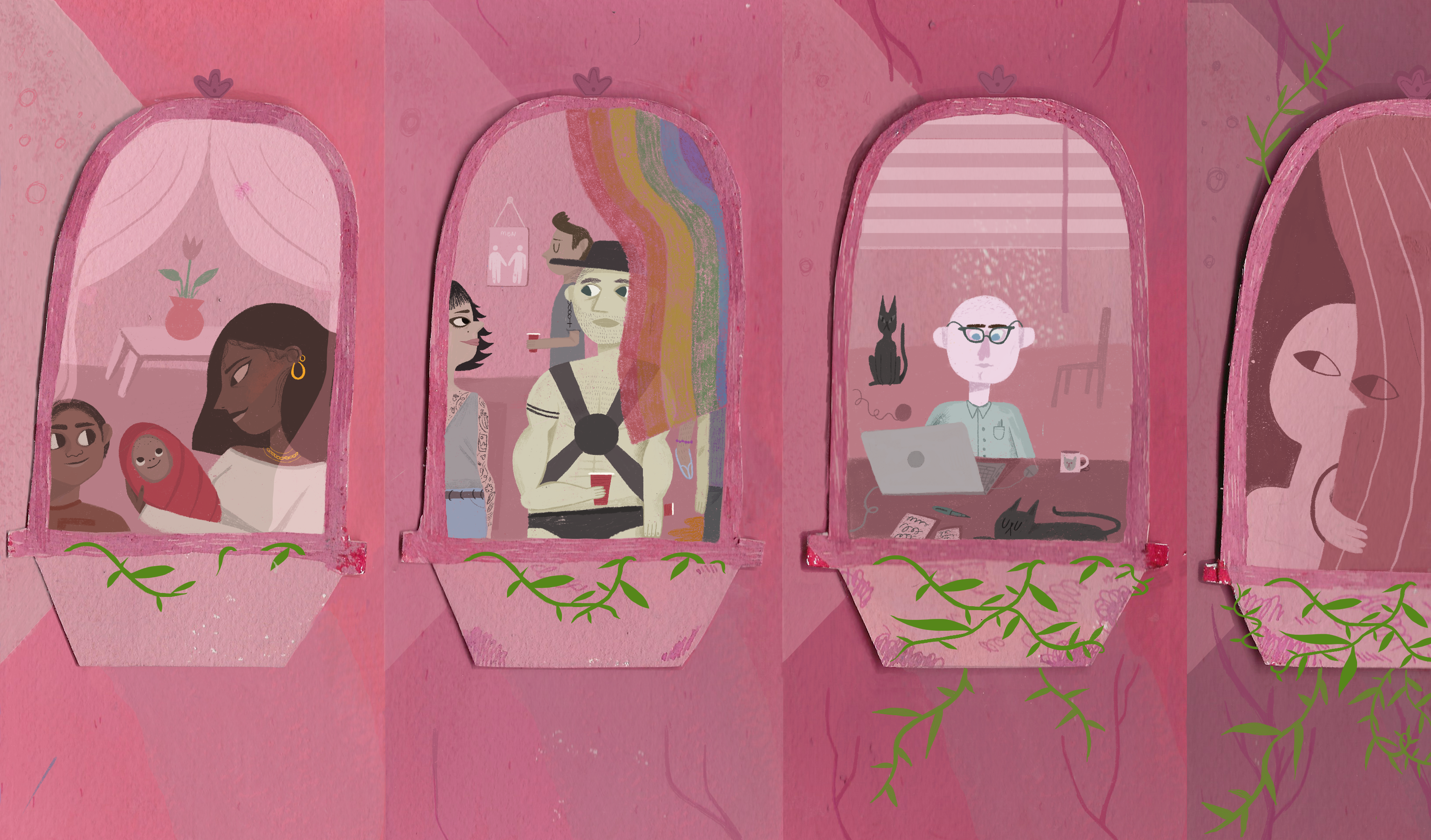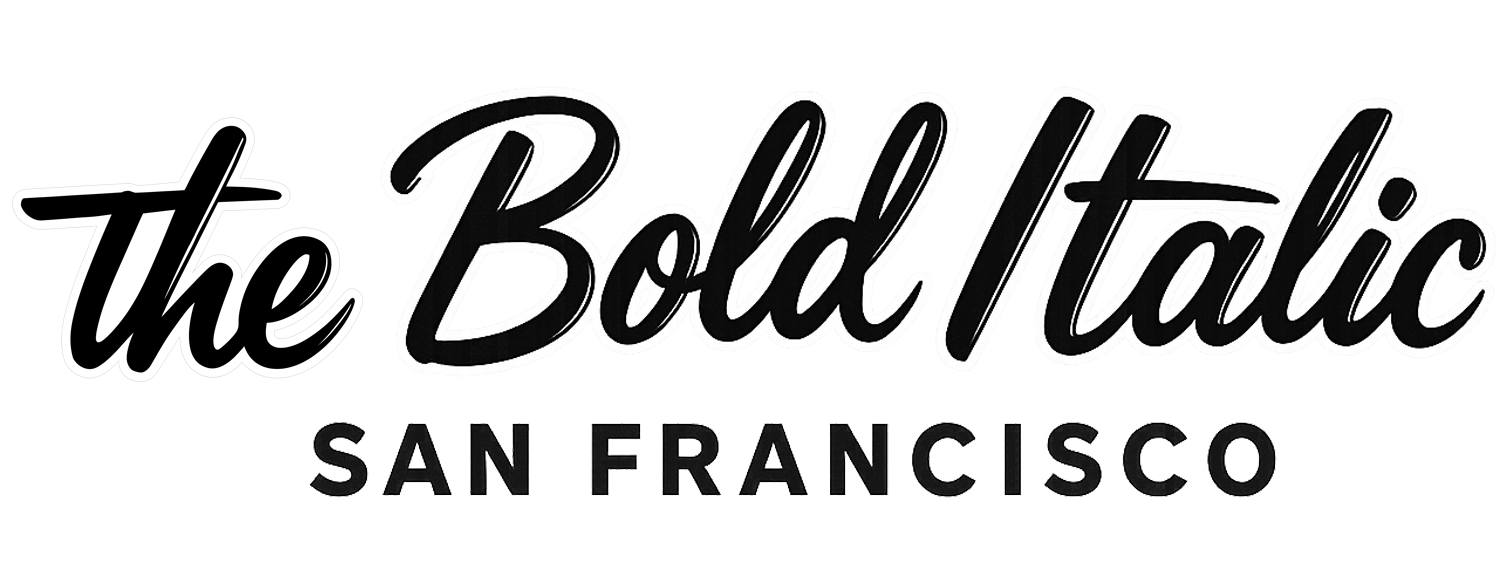
Live fast, work hard, play a lot harder. Those were the rules we lived by at the turn of the millennium during the dot-com boom in San Francisco.
I remember one Saturday night after a rave, arriving back at my Victorian in the Haight well after midnight with a small group of friends.
“Dude, you left the candles burning,” my friend Nick pointed out.
Not only were the candles burning, but my boyfriend at the time had left an entire candelabra lit next to our mattress, inches from our bunched-up duvet. A potential torch in the belly of a giant house built in 1886 that had survived the earthquakes of 1906 and 1989 as well as San Francisco’s great fire.
Sign up for The Bold Italic newsletter to get the best of the Bay Area in your inbox every week.
Life was frenzied. Chaotic and wild. We thought the old-school parties in San Francisco would last forever. That musicians, poets, painters, or writers like me (I worked for the local LGBTQ+ newspaper, the Bay Area Reporter) would still be able to afford the rents, would never have to leave our true home. We had found our way to a city that was a gem, and it embraced us. We were members of a community that sprinkled fairy dust over old San Francisco.
We held on to hope, but we could feel a shift. The dot-com boom.
I bounced from the newspaper to a technology PR agency. Suddenly, life shifted to a faster speed. Late 1999 to early 2000 was marked by painful Monday mornings and 12-hour workdays. The only thing that really mattered was the arrival of Friday. I had stepped into an alien workplace, not knowing how the hell I was going to make it through. Spreadsheets, conference calls, and white papers all had to be tended to.
The new gold rush rapidly erased the city’s reputation as a refuge for the LGBTQs, artists, musicians, wanderers, and transients who together gave the city its special glitter and grit. A different fire had been lit.
Silicon Valley was at its prime. New techies had come from all over the country, moving to San Francisco and extending into the South Bay, renting apartments with sky-rocketing rents, locked into jobs with zero time to take in the bounty of the Bay Area. Well-dressed robots who knew nothing about old San Francisco began changing the city into a real Westworld. They were invaders. The new gold rush rapidly erased the city’s reputation as a refuge for the LGBTQs, artists, musicians, wanderers, and transients who together gave the city its special glitter and grit.
A different fire had been lit.
The dot-coms burned their brightest then, but somehow, it all felt transitory. My co-workers played their roles on the corporate stages, whether in corralled cubicles or conference rooms or at lavish end-of-fiscal-year parties out on Treasure Island. All the smiles and fast talk and speculation that fueled conversations were phony, mere people-pleasing, jockeying for favoritism with company higher-ups. At one particular celebration, the whole company got so loaded that management called in the next day. They ordered the rest of us greasy McDonald’s hamburgers and fries to soak up the night before and keep us in the office. Through the headaches, through the nausea, we made it past company time and couldn’t wait to get to the bar across the street to stabilize the shakes like only a couple of pints will do.
As the early years of the new millennium turned from 2000 to 2001 and the 9/11 attacks dropped the country to its knees, San Francisco’s suffering was relatively mild. San Francisco, Sunnyvale, San Jose — the hubs that make up Silicon Valley — saw industry move to security and cyber-surveillance technologies. The money kept coming. For a time, the excessive speculation on internet companies’ valuation spun out of control. But investments in new smartphones, social media, biotech, and online shopping kept the Valley growing.
At the start of the dot-com boom, tech mania caused wealthy investors to open up their wallets and finance the rise of this different San Francisco with new capital infusions. Then came the Great Recession of 2008. As the Obama administration slowly brought the country and the economy back to life, the Valley continued its rise, and the tech revolution exploded across the Bay Area like it has never seen. My gay city and the LGBTQ mecca of the Castro became Disney-fied. Many older generations left—like mine, Gen X — unable to watch what we sensed was around the corner. I had witnessed my jewel of a city and its artistic culture ground down into dust.
A friend of mine, gay author Jim Provenzano, said, “Culturally, I saw San Francisco shift from a lively party town to one of complaints, antiwar protests, evictions, and the growth of ‘tech bro’ culture.’’ The rise of Silicon Valley turned San Francisco into a bedroom community; more new techies arrived who preferred to live in the city, their company-owned clean-energy coaches chauffeuring them down to Google, Apple, and Facebook. The latter giant eventually chose to begin construction of a new campus in the heart of San Francisco’s Financial District.
The real defacement of San Francisco’s culture took hold in 2000. Sure, today you’ll still find a handful of surviving hippies, the Golden Gate Bridge still stands, my old Victorian is there, and, during the pandemic, the fabulous restaurants are open as permitted by California government officials. The Valley’s Gilead Sciences has already delivered remdesivir. Pfizer has a San Francisco Mission Bay facility and is in emergency use review by the Food and Drug Administration (which means they don’t need to wait until it’s approved) to immediately begin distributing its Covid-19 vaccine, with first use at the Zuckerberg San Francisco General Hospital and Trauma Center.
What’s next for San Francisco?
I’m an optimist: The present has demanded our action, and most of us are reconsidering, redirecting. However ominous the end of 2020 has been, we’re making new choices and finding reasons for buoyancy amid seemingly endless reverberations.
It’s an ever-unfolding story of a city always leading the way to a new horizon. I for one wish for nothing better than the opportunity to sprinkle fairy dust over San Francisco once again.







